
There are specific elements of anime that are subjects of interest to anime fans regarding a show's quality. For example, the anime community typically discusses animation, power systems, character development, and the pacing of a series. Pacing is brought up frequently among anime fans as there are many notable examples of shows with poor pacing.
Some series will stretch filler arcs out over the majority of a season, and some will try to cram too much story into just a few episodes. While the pacing may not ruin every fan's viewing experience, many audience members have dropped these series due to their pacing issues.
10 Tokyo Ghoul Rushed Its Final Seasons
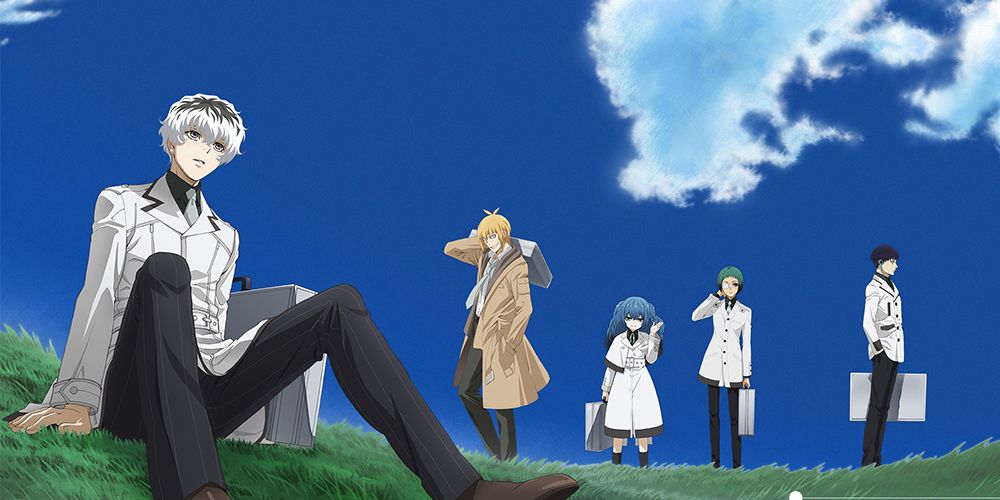
Tokyo Ghoul's first season has some well-done animation, voice acting, and pacing. Many anime fans view the first season of Tokyo Ghoul as a successful adaptation. However, many viewers agree that Tokyo Ghoul: re failed to adapt the source manga faithfully. There are several reasons for this, such as animation quality, but most people point to the show's pacing.
While Tokyo Ghoul began as a show that was easy to follow, Tokyo Ghoul: re was extremely difficult for non-manga readers to understand. The show quickly moved over many significant plot details, leaving many audiences confused about what was happening. This rushed pace continued to the series' conclusion.
9 Naruto Has Some Of The Most Notorious Filler Arcs
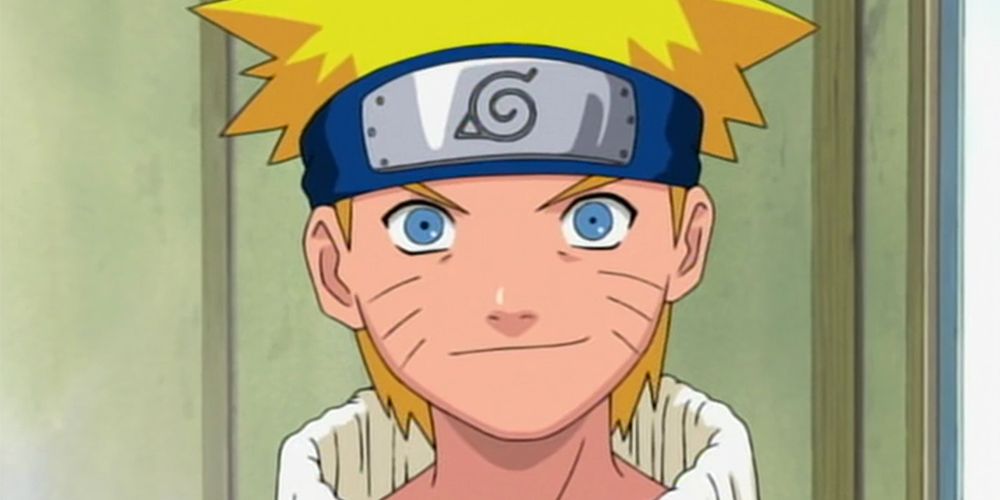
Naruto is a beloved anime for many prominent reasons. However, for most anime watchers, the pacing is not a reason to love this landmark shonen series. The anime's narrative often feels bogged down due to the number of filler episodes and arcs.
The pacing throughout many of Naruto's non-filler segments is tight and well-done. However, the inclusion of filler does affect the pacing of the entire series, making it feel very slow in some segments. Still, despite the inclusion of filler episodes, few anime series are as iconic as Naruto.
8 The God Of High School Spent Most Of Its Time On Its Fights
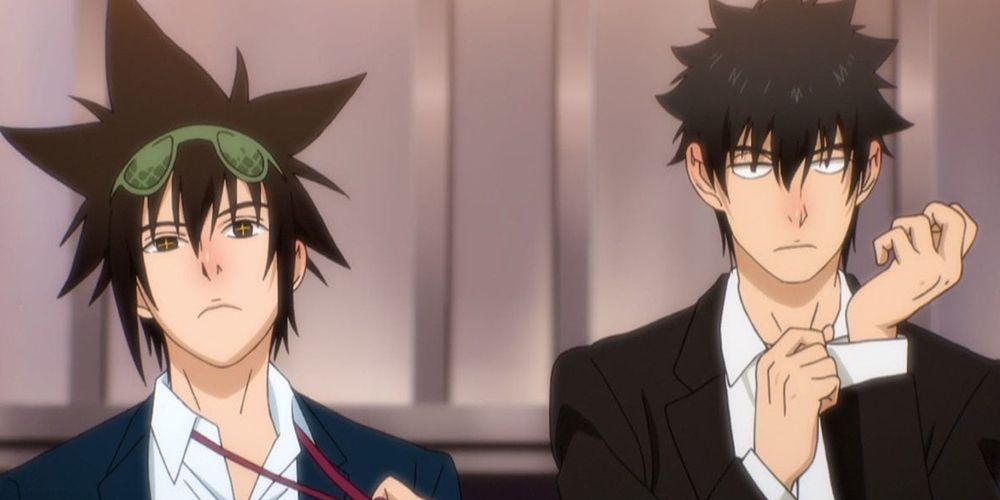
The fights in The God of High School are impeccably paced, with astounding animation and choreography. However, the same cannot be said of the series' narrative. It can be argued that this narrative revolves around its fights, so it makes sense that the anime would spend more of its time on action. Unfortunately, the lack of plot and character development weakened many audience members' interest in the anime's action.
The character arcs present in season one, as well as the world-building, all felt very rushed. While it was not incomprehensible for all viewers, many of the show's dramatic beats felt glossed over. The series' directors could only fit a given amount of story into thirteen episodes. For this reason, the show seems to have prioritized its fights.
7 The Melancholy Of Haruhi Suzumiya Has An Infamously Slow Second Season
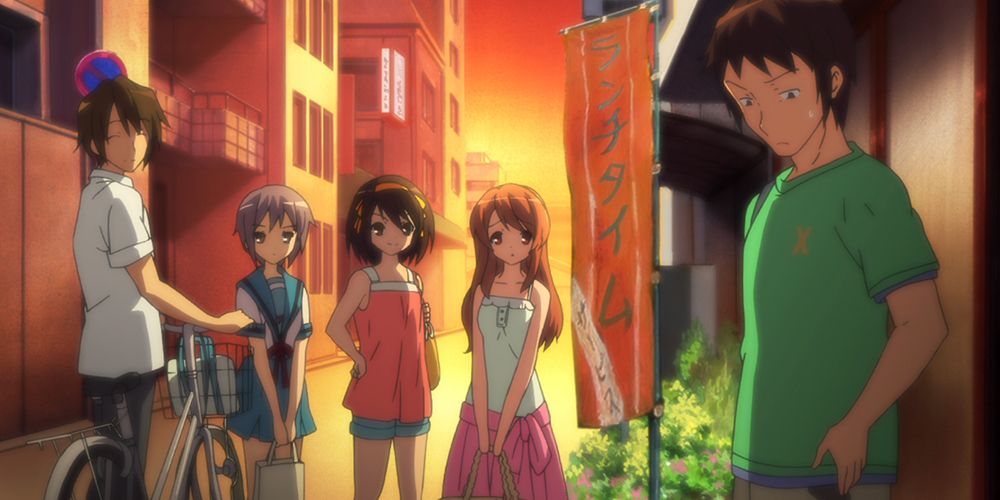
Anime fans were excited in the Summer of 2009 to get the second season to the highly popular anime, The Melancholy Of Haruhi Suzumiya. This wave of excitement slowly turned to dread as anime fans watched the "Endless Eight" arc.
This arc consisted of eight episodes in which the same summer vacation played out in each episode. Each episode was treated from a production standpoint as entirely new, but the narratives only had slight variations. Viewers watched the unique SOS Brigade have the same summer eight times. This arc took up over half of the second and final season of The Melancholy of Haruhi Suzumiya. While the second season of Haruhi was a precursor to the well-received sequel film The Disappearance of Haruhi Suzumiya, many fans did not stick around through all of the "Endless Eight."
6 Dragon Ball Z Stretched Out Many Of Its Fights Far Past Their Welcome

While there are several popular shonen titles with abysmal pacing, Dragon Ball Z has some notoriously slow arcs. One arc of particular note is the Frieza saga. The anime caught up to the manga, and thus to stall, the series moved at a snail's pace. However, it is worth noting that the Freiza saga has many great moments and fights throughout, though that between Goku and Frieza is drawn out.
While the Frieza fight is probably the most prominent example of stretching out narratives in Dragon Ball Z, the series had several other slowly-paced arcs.
5 The Second Season Of The Promised Neverland Tried To Cover A Majority Of The Manga
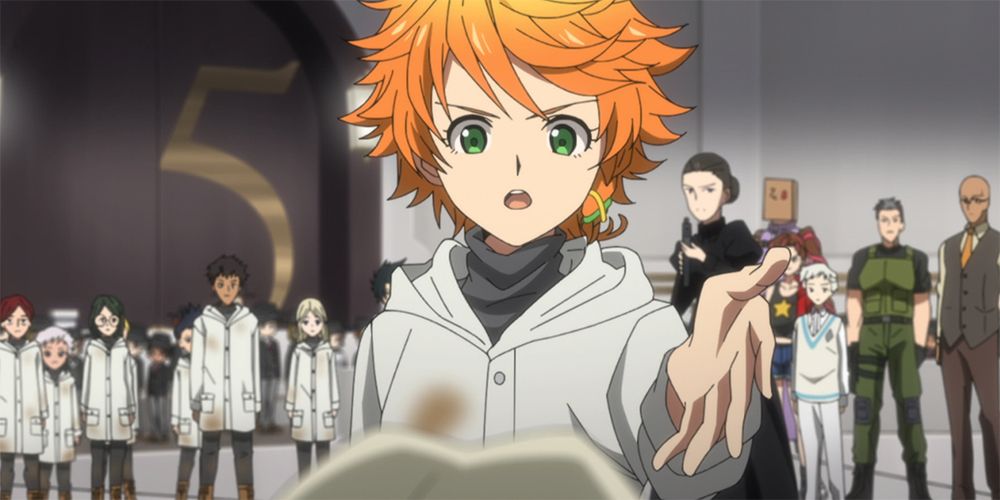
The first season of The Promised Neverland is a masterclass in pacing for suspense and mystery TV series. The show knew precisely which characters to focus on and how to reveal information in a gratifying way. This narrative structure made the tale of the Orphans escaping from Grace Field House a thrilling watch. Unfortunately, the same cannot be said for the second season of this anime.
The Promised Neverland's second season opted to tell most of its story through exposition dumps and unearned story beats. The difference in quality between the first season and the second season is drastic and can be largely attributed to the rushed narrative and failure of season two to follow the manga.
4 Ergo Proxy Is An Interesting Show That Lost Many Viewers To Its Slow Burn Pacing

While many fans of Ergo Proxy would argue that the show is great because of its slow burn, the series also lost viewers due to that same sluggish narrative.
There are plenty of episodes of this series where it feels as though the main plot is not being pushed forward in any meaningful way. However, despite pacing issues, this anime series was able to find a large fanbase due to its expressive cyberpunk world-building.
3 Sing Yesterday For Me Skipped Most Of The Romantic Character Development

The first episodes of Sing Yesterday For Me made anime fans think that they had found a simple but charming love story. Many characters were relatable in their circumstances and actions. However, the show's second half was a rushed mess that attempted to fit in all of the manga's romantic plot points without explaining how the characters came to these conclusions.
The end result is a series that feels out of balance. The show began with slow and methodical pacing, but by its conclusion, the anime threw characters into romances that were not yet fully earned.
2 Tales Of The Abyss Tries To Get To Its Plot Points As Fast As Possible
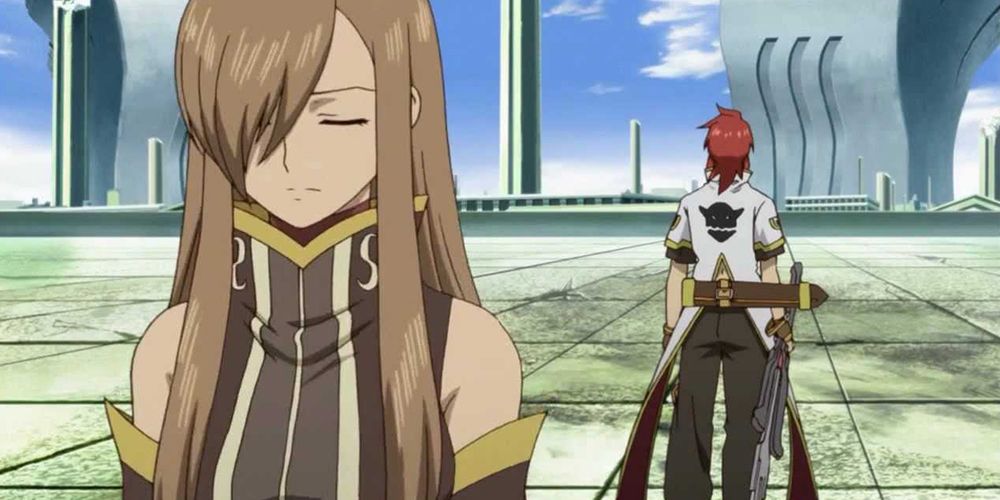
Tales of The Abyss attempted the difficult task of adapting a video game into a successful anime. A lot was going for this anime adaptation, but one thing it did not have going for it was its episode count. The series only had twenty-six episodes in its one season, and the showrunners attempted to pack the entire game into that time frame.
The original video game is a fifty-hour game, and thus, the anime adaptation had to rush to get each major story beat. Unfortunately, this meant that arcs started and ended in quick succession and had no time to breathe in between major plot points or twists.
1 Bleach Lost Its Footing After The Soul Society Arc
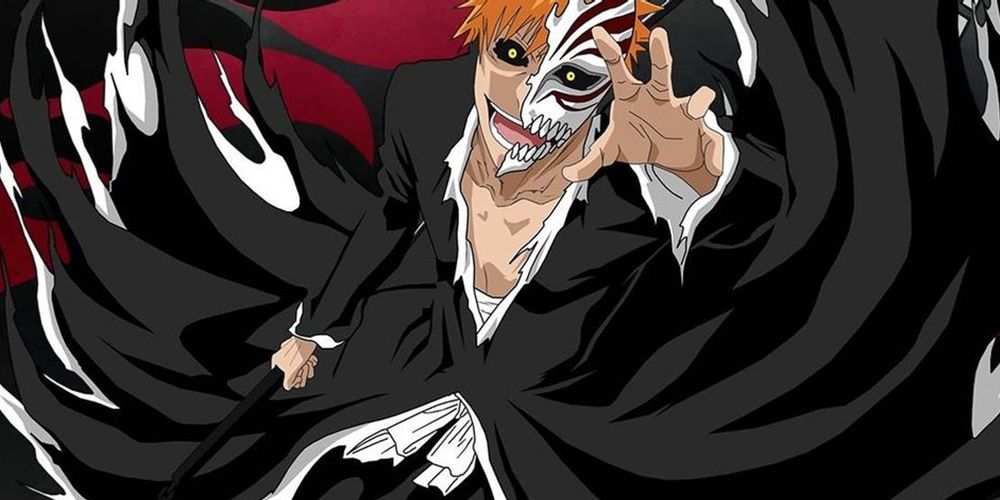
Bleach is an iconic series that defines 2000s anime for many. However, like many shonen titles from its time, the series has many drawn-out and repetitive arcs. These unfocused rehashes started to take hold after the Soul Society arc.
Sadly, many of Ichigo's adventures reuse ideas and narrative beats present earlier in the series. Over time, this created the feeling for many that Bleach's narrative was not moving to engage audiences.
0 Comments